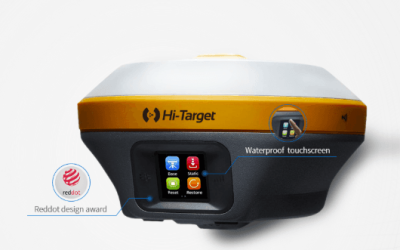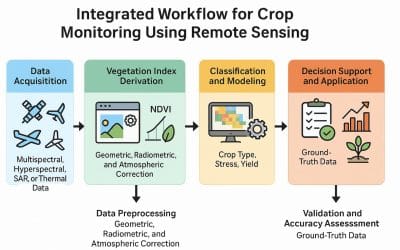Geographic Information Systems (GIS) have become essential tools for businesses, researchers, and organizations to analyze spatial data and make informed decisions. However, mistakes in GIS projects can lead to inaccurate results, inefficiencies, and costly errors. Understanding common pitfalls can help improve your workflow and ensure data accuracy. Here are five common GIS mistakes and how to avoid them.
1. Poor Data Management and Organization
The Mistake: One of the biggest mistakes GIS users make is poor data management, which includes improperly naming files, using inconsistent formats, and storing data in scattered locations. This can lead to difficulty in locating files, version control issues, and data loss.
How to Avoid It:
- Establish a clear file-naming convention and use logical folder structures to store GIS data.
- Utilize a geodatabase instead of relying on individual shapefiles or scattered data files.
- Regularly backup your GIS data to prevent accidental loss.
- Use metadata to document information about each dataset, including its source, date, and projection system.
2. Ignoring Coordinate Systems and Projections
The Mistake: Many GIS users fail to correctly set or check the coordinate system and projection of their data. This can cause misaligned layers, incorrect spatial analysis results, and errors in measurements.
How to Avoid It:
- Always define and check the coordinate system before starting a GIS project.
- Ensure all datasets used in a project have consistent projections.
- Use the project tool (in QGIS or ArcGIS) to convert datasets into the correct coordinate system instead of just changing the label.
- Understand the difference between geographic coordinate systems (latitude/longitude) and projected coordinate systems for accurate spatial representation.
3. Overlooking Data Quality and Accuracy
The Mistake: Using outdated, incomplete, or low-resolution data can lead to inaccurate analyses and unreliable conclusions. Some users also fail to validate the accuracy of GIS data sources.
How to Avoid It:
- Verify the source and reliability of your GIS data before using it.
- Use high-resolution and updated datasets whenever possible.
- Conduct field validation or compare GIS data with known reference points to check for accuracy.
- Avoid overgeneralizing data by ensuring your spatial resolution matches the scale of your analysis.
4. Inefficient GIS Processing and Analysis
The Mistake: Some GIS users perform unnecessary manual tasks, duplicate efforts, or fail to use optimized tools, leading to inefficiencies and wasted time.
How to Avoid It:
- Learn to use automation tools, such as ModelBuilder in ArcGIS or Python scripting in GIS workflows, to reduce repetitive tasks.
- Optimize queries and spatial analysis by using indexes and spatial joins instead of manual selections.
- Use appropriate symbology and visualization techniques to improve data interpretation.
- Take advantage of GIS software’s advanced functions, such as batch processing and geoprocessing tools, to speed up analysis.
5. Failing to Understand GIS Limitations
The Mistake: GIS is a powerful tool, but it has its limitations. Users sometimes assume GIS can provide absolute answers without recognizing the uncertainties or limitations in spatial data and analysis.
How to Avoid It:
- Understand that GIS models are approximations and should be used with other decision-making tools.
- Be aware of spatial uncertainty, especially when working with interpolated data, remote sensing imagery, or datasets with missing values.
- Always include accuracy assessments and error margins when presenting GIS results.
- Stay updated on GIS advancements and best practices to improve data interpretation and decision-making.
GIS is a tool for spatial analysis, mapping, and decision-making, but mistakes can lead to misleading results and inefficiencies. By implementing good data management practices, ensuring proper coordinate systems, validating data quality, optimizing processing, and understanding GIS limitations, users can enhance the accuracy and effectiveness of their GIS projects. Avoiding these common mistakes will help you make the most of GIS technology and achieve better outcomes in your spatial analysis and mapping efforts.


































































































